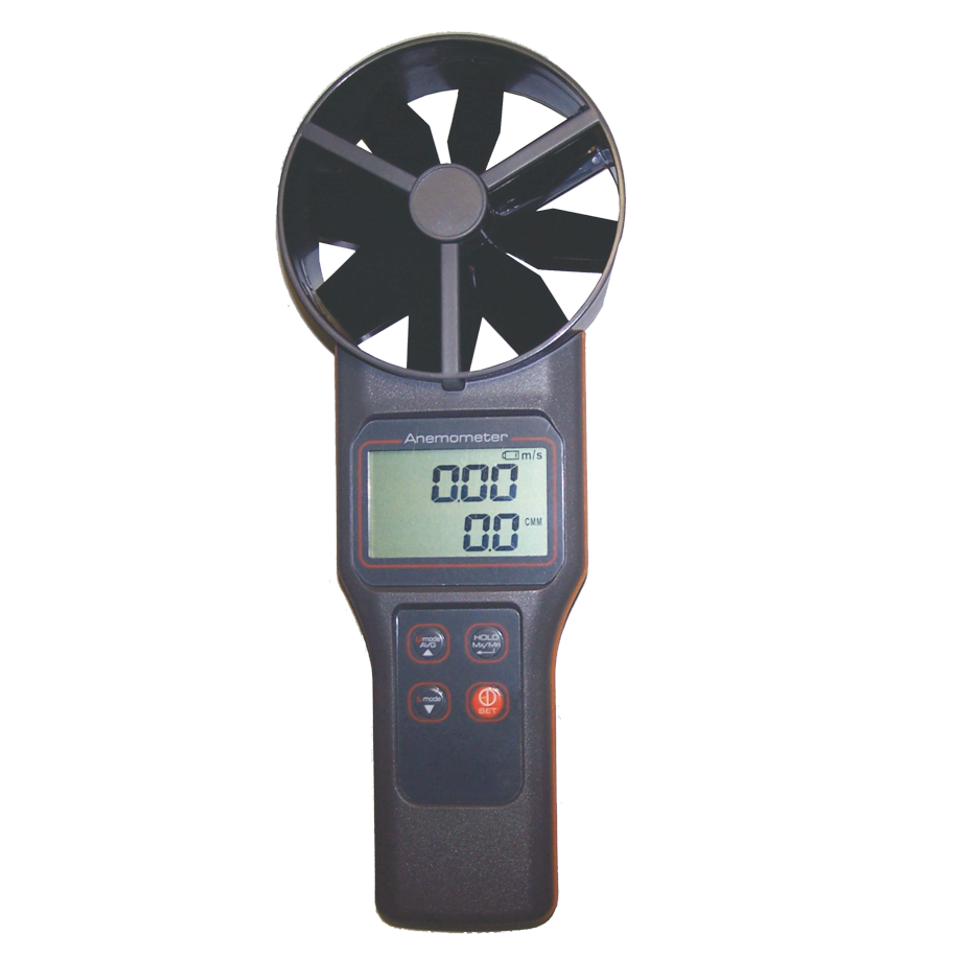Comparing Digital and Mechanical Anemometers: Which is Right for You?
Comparing Digital and Mechanical Anemometers: Which is Right for You?
Blog Article
Exploring the Functions and Benefits of Anemometers for Weather Condition Lovers and Experts
From cup anemometers to sonic anemometers, each kind brings its distinct set of benefits and applications, shedding light on numerous aspects of atmospheric conditions. As we dive into the functions and advantages of anemometers, a deeper understanding arises not just of prevailing climate sensations but additionally of the wider effects for markets like wind energy production and environmental research.
Value of Anemometers in Weather Surveillance
Anemometers play a crucial duty in weather tracking by giving exact dimensions of wind speed, aiding in forecasting and understanding weather condition patterns. These tools, varying from typical mug anemometers to modern ultrasonic anemometers, are important for meteorologists, researchers, and climate fanatics alike.

Kinds Of Anemometers and Their Applications
With the critical role anemometers play in climate surveillance and projecting, comprehending the various sorts of these tools and their applications ends up being vital for professionals and lovers in the field. One of the most typical kinds of anemometers consist of mug anemometers, vane anemometers, hot-wire anemometers, and ultrasonic anemometers. Mug anemometers are composed of three or four cups installed on horizontal arms that revolve with the wind, determining its speed. Vane anemometers, on the various other hand, utilize a freely turning vane to align with the wind instructions, supplying both wind speed and instructions measurements. Hot-wire anemometers run based on the principle of convective warm transfer, where the cooling impact of the air circulation is determined to establish wind speed. Ultrasonic anemometers use ultrasonic acoustic wave to determine wind speed and instructions accurately.
Cup anemometers are ideal and robust for general climate monitoring, while vane anemometers are favored for directional measurements. Ultrasonic anemometers are non-intrusive and use high accuracy, often used in research and specialized climate monitoring applications.
Advantages of Utilizing Anemometers in Forecasting
In meteorology, the utilization of anemometers provides indispensable advantages for enhancing the accuracy of climate projecting. Anemometers determine wind speed and direction, offering essential data for predicting climate patterns. By including wind data into forecasting versions, meteorologists can much better comprehend the movement of climate systems, prepare for modifications in weather, and concern extra exact forecasts.
Moreover, anemometers play an essential function in evaluating prospective my response weather threats. Keeping an eye on wind speeds aids forecasters anticipate severe weather occasions such as typhoons, hurricanes, and wintertime storms with better accuracy. This very early warning system makes it possible for authorities to provide timely informs and implement essential precaution, minimizing the dangers to life and residential property.
Furthermore, anemometers aid in optimizing eco-friendly energy manufacturing. By analyzing wind patterns, meteorologists can determine ideal places for wind farms and anticipate power output, contributing to the reliable generation of wind power.

Anemometers in Wind Power Manufacturing
Offered the crucial function anemometers play in giving exact wind data for climate projecting and hazard assessment, their relevance reaches the world of wind power manufacturing. Anemometers are essential instruments in the area of wind power, where the dimension of wind rate and instructions is critical for determining the feasibility and effectiveness of wind generator installments. By properly determining wind rates at differing elevations, anemometers assist enhance the positioning and style of wind turbines to make the most of energy output.
In wind farms, anemometers are strategically placed to collect real-time wind data that is used to assess the potential power manufacturing of a website. This data is critical in figuring out the financial feasibility of wind energy projects and in projecting power generation to make certain grid security. Furthermore, anemometers help in checking wind problems to maximize generator performance, prevent damages from high winds, and make sure the security of personnel functioning in the location of wind turbines.
Enhancing Weather Recognizing With Anemometers

Anemometers play a crucial function in improving our understanding of microclimates. These localized climate condition can differ dramatically from more comprehensive local projections, making it necessary to have precise data for specific areas. anemometer. By tactically placing anemometers moved here in various areas, scientists can gather comprehensive information on just how wind acts in various surfaces, urban environments, or bodies of water
Moreover, anemometers add to enhancing weather projecting designs by supplying real-time data on wind behavior. This details is especially valuable for forecasting serious weather occasions, optimizing agricultural techniques, and supporting sectors like air travel and maritime navigation. On the whole, anemometers are vital instruments that enable us to dig deeper right into next the complexities of climate systems, eventually leading to even more accurate forecasts and better-informed choices.
Verdict
In conclusion, anemometers play a vital duty in weather monitoring and forecasting by measuring wind speed and direction. Anemometers likewise have applications in wind power manufacturing, more highlighting their importance in both meteorology and sustainable power fields.
From cup anemometers to sonic anemometers, each type brings its distinct set of benefits and applications, dropping light on different facets of atmospheric conditions. These instruments, ranging from conventional cup anemometers to contemporary ultrasonic anemometers, are necessary for meteorologists, scientists, and climate lovers alike. The most typical types of anemometers include cup anemometers, vane anemometers, hot-wire anemometers, and ultrasonic anemometers. Cup anemometers are suitable and durable for basic climate surveillance, while vane anemometers are preferred for directional dimensions. Anemometers are necessary tools in the area of wind energy, where the measurement of wind speed and direction is essential for identifying the expediency and efficiency of wind turbine installments.
Report this page